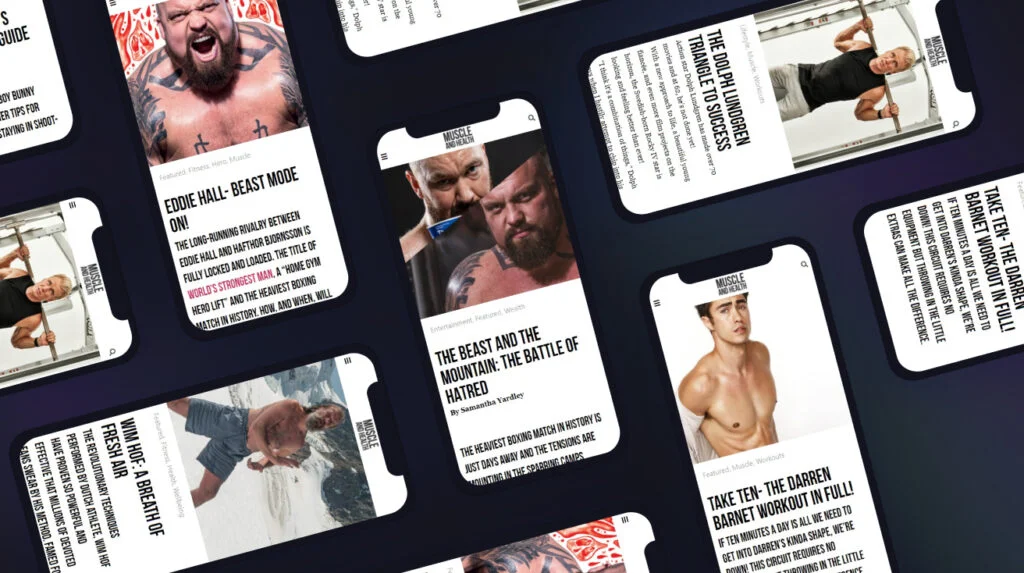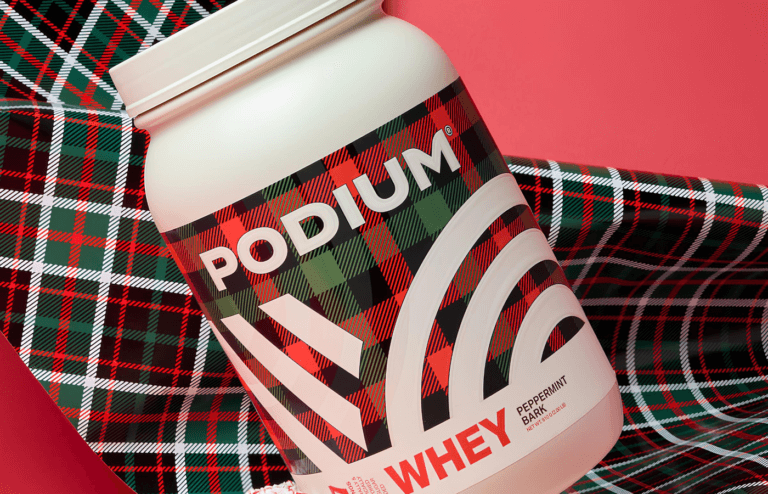Author: Dr. Michael Mosley
Intermittent Fasting has been widely proven to accelerate fat loss, boost energy levels and help to reverse type 2 diabetes. Dr. Michael Mosley founded the 5:2 Diet and the Fast 800 programs. Follow his tips to ensure an effective fast for rapid results.

Fasting Doesn’t Slow Your Metabolism

The idea that fasting ‘slows your metabolism’ is a myth. Under conditions of marked energy deficit – 800 calories per day or less – not only do you lose weight by eating fewer calories, but your body responds to the stress of fasting by enhancing hormone function to facilitate weight loss and burn fat for energy.
Short-term fasting can lead to several changes in the body that make fat-burning easier. This includes reduced insulin, increased growth hormone, enhanced epinephrine signaling, and a small boost in metabolism.
Timing is Key

There is more and more evidence emerging to show that to get the maximum benefit from your diet. You need to take care of how you time your meals, in addition to calorie restriction. Time-restricted eating is very straightforward. You ensure that for at least 12 hours, within every 24 hours, you do not consume any calories.
With time-restricted eating, you induce a state of mild ketosis (ketosis occurs when the body uses fat as its main fuel). This occurs when following a very low-carb, ketogenic diet (and during intermittent fasting), and that seems to produce some widespread benefits.
One of the most obvious is weight loss, but there is also some evidence that doing intermittent fasting will improve your insulin sensitivity and reduce your blood pressure.
Most adults eat for about 15 hours daily, which does not leave enough time for cell repair pathways to engage fully. The long-term health effects of this can be disastrous, loading the body with chronic physiological stress. Time-restricted eating is a simple and manageable step that can put all of this into reverse – and the test results prove it. Some people prefer to shorten their eating window to ten or even eight hours, although recent research shows that a 12-hour period away from food is enough time to give your body significant benefits.
Choosing the Right Fast for You

There are different types of intermittent fasting, and I suspect that they suit different people.
The Fast 800 online program combines a healthy, low-carb Mediterranean diet with intermittent fasting. It is flexible enough to suit most people. We believed rapid weight loss was a terrible way to go for a long time, but the evidence shows its benefits if done correctly. You must ensure adequate protein, fiber and essential nutrients in your diet. Rapid weight loss is very motivating, and long-term studies suggest the amount of weight you lose in the first month or so predicts the long-term success of losing a lot of weight.
If you don’t feel comfortable with 800 calories a day and suffer from hunger pangs, switch to a 5:2 plan. This is also good if you like to dine out often and want days where you don’t count calories. Have two days a week with 800 calories a day and then usually eat the other five. Weight loss can be around 1-2 lbs a week. If nighttime snacking and hunger pangs are a problem for you, then try time-restricted eating (TRE).
Include Protein with Your First Meal of the Day

Eating protein at the first meal of the day helps you to feel fuller for longer because after a protein-filled meal, levels of a chemical called tyrosine – a building block for dopamine – rise inside the brain. By increasing its dopamine supply as the following meal approaches, the brain experiences a much weaker dopamine “hit” from high-calorie food.
To test whether having protein at the first meal of the day could help people to feel fuller for longer, a US-based study in 2014 divided volunteers into three groups. One group ate a breakfast containing 35g of protein; the second ate 13g; the third skipped breakfast altogether. Later that morning, the volunteers were tested for dopamine levels, the chemical that drives our reward circuits. They were also asked to rate the intensity of their pre-lunch food cravings.
The results were precise: of all groups, the high-protein breakfast group recorded the highest dopamine levels and lowest pre-lunch food cravings.
Black coffee and tea are fine during fasting hours, and drinking plenty of water can keep hunger at bay. You can also try adding fresh ginger, a slice of fresh lemon or lime to hot or sparkling water.
The Good Care

While intermittent fasting has proven to be completely safe and effective for most people, I wouldn’t recommend it for anybody with a BMI below 20 or 21.
It is essential to have decent amounts of protein, and it’s unwise to drink alcohol when you’re fasting. When I drink alcohol, I become disinhibited, my willpower breaks down, and I immediately want to start eating chips. So there are extra calories, obviously, in the alcohol, but beyond that, I think the biggest problem is it creates disinhibition.
Get Set for Your Fast

You must tell all your friends and family you will be fasting to get people on board. Clear out your cupboards, and begin to prep. Get in foods you will eat over the next couple of weeks. Preparation is everything in this sort of thing. It’s like a military campaign. The more you prepare, the more successful you’re likely to be.
As soon as you have finished the last meal of the day, brush your teeth. It’ll signal the end of eating and help you avoid snacks and nibbles!
I encourage people to try and have their evening meal early, say 19:00 or 19:30. Try and stop eating by 20:00, and then not eat anything with calories after that. The temptation is to snack after dinner, adding many calories late at night.
Keep Training

Many studies have shown the benefits of combining high-intensity aerobic exercise (like HIIT) with resistance training. The theory is that these two forms of exercise together create the best environment to maximize fat loss while maintaining muscle mass.
You might like to complete your High-Intensity Interval Training (HIIT) sessions in the mornings after fasting to reap the benefits of fasted cardio and schedule your resistance training in the afternoon when your muscles are warmer and more revved up, allowing you to work at a higher intensity.
Struggling to resist late night snacks? Here’s HOW TO BEAT THE BEDTIME BINGES.






